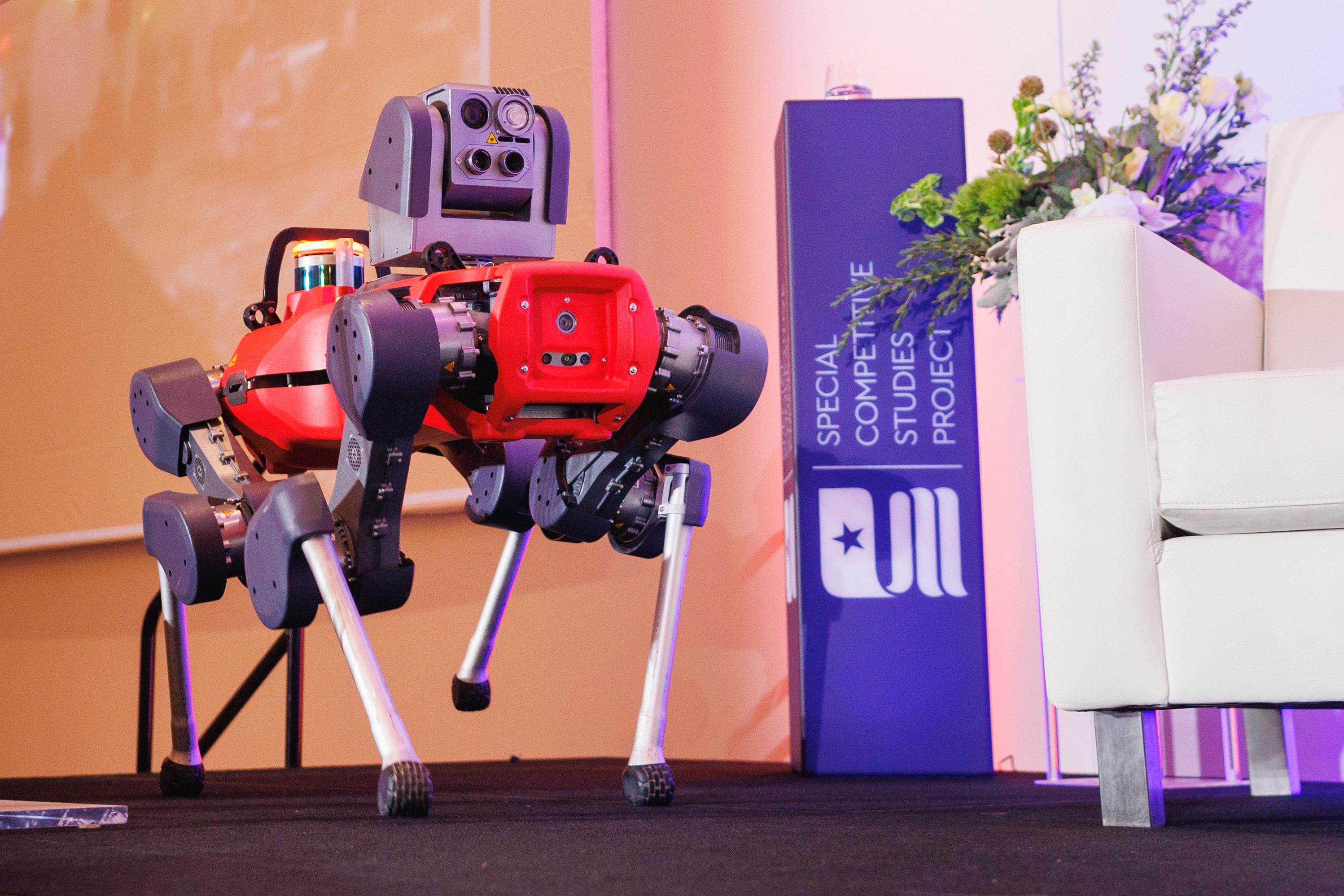 (NewsUSA)
(NewsUSA) - The United States is poised for global leadership in the area of AI and robotics as discussed at the AI+ Robotics Summit hosted by the Special Competitive Studies Project (SCSP), a nonprofit and nonpartisan initiative with a goal of making recommendations to strengthen America's long-term competitiveness in AI. The sessions highlighted significant technological advancements and outlined ways to achieve and maintain global leadership, said SCSP in a recent newsletter.
- The United States is poised for global leadership in the area of AI and robotics as discussed at the AI+ Robotics Summit hosted by the Special Competitive Studies Project (SCSP), a nonprofit and nonpartisan initiative with a goal of making recommendations to strengthen America's long-term competitiveness in AI. The sessions highlighted significant technological advancements and outlined ways to achieve and maintain global leadership, said SCSP in a recent newsletter.
Key takeaways regarding AI and robotics identified at the summit include:
- Advances in AI have enabled robotics to move from physics-based problems to natural language solutions. The next generation of robots will be powered in part by LLMs, simulation computers, and on-device robotic foundation models.
- Using AI in simulation environments to model robot interactions at machine scale. Gathering simulation and real-world data would allow robots to expand beyond factories and warehouses.
- Future factories will be highly automated due to advanced manufacturing. Factories are the testing ground for innovation in AI-enabled robotics. These advances will also support a transformation across industries ranging from agriculture to medicine to construction.
- Brainstorming “moonshot” ideas. Players from all parts of the U.S. robotics ecosystem could get behind big ideas that would fuel the U.S. robotics ecosystem to technological advantage, such as investing in robotics supply chains and leveraging AI-enabled robots to search for life in outer space.
- Taking advantage of voluntary public-private partnerships. Today’s AI and robotics innovations are driven by the private sector, but partnerships can help bridge technology gaps, strengthen supply chains, and address workforce challenges.
- Promoting private investment in hardware. The U.S. government can reduce the risk for private investment in robotics production at scale with incentives such as tax credits.
- Embracing new jobs. Placing AI at the center of learning will educate the next generation workforce with new skills to adapt to an evolving technology landscape.
- Accelerating learning, mapping, and cooperating on robotics with allies. The U.S. should work with partner nations to foster structural cooperation on shared programs.
- Catching up to China’s industrial robotics. China has aggressively adopted new technologies for robotics in manufacturing. These investments and initiatives pose a competitive challenge to the U.S.
- Bringing robotics to the forefront of U.S. technology strategies. China has outcompeted the U.S. in robotics and the lack of a national strategy illustrates how it is a secondary consideration.
Visit scsp.ai to learn more, and visit the SCSP YouTube channel to watch sessions from the AI+ Robotics Summit.
